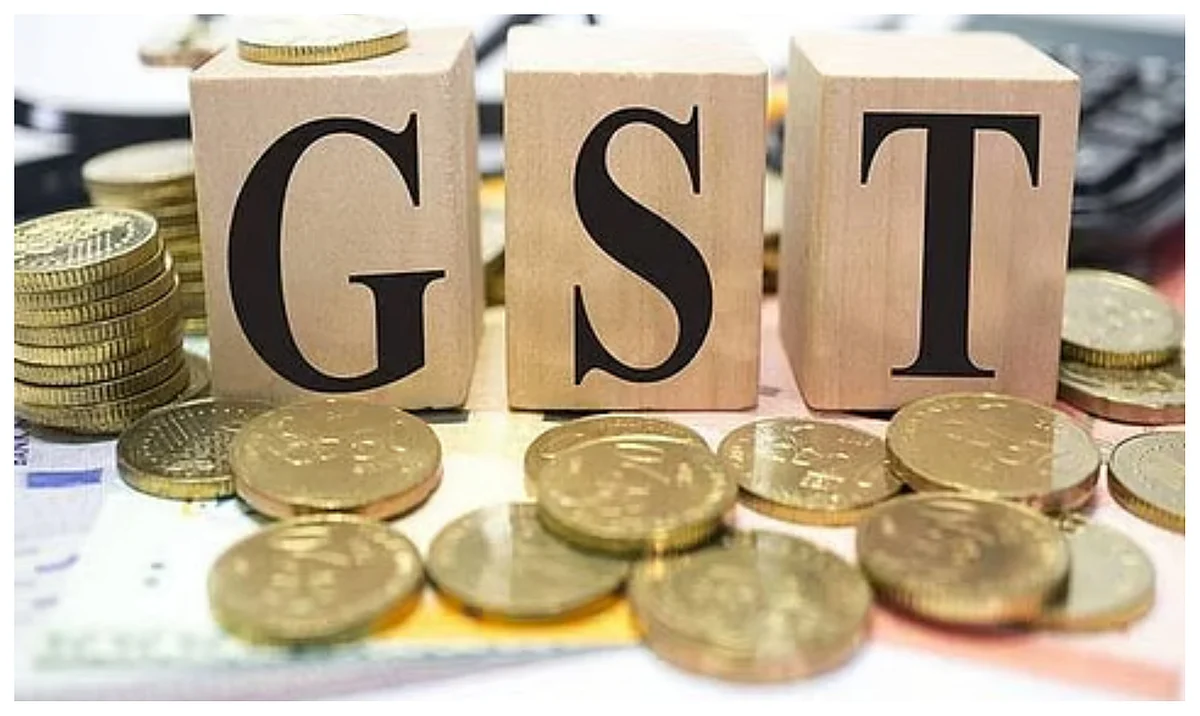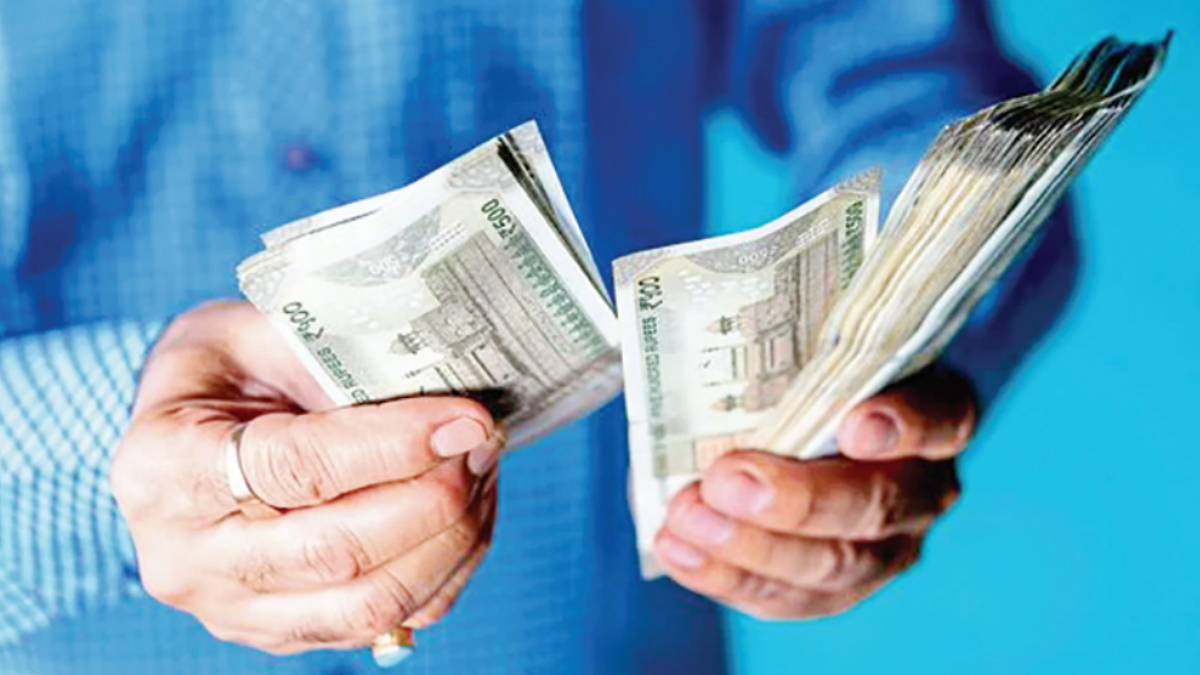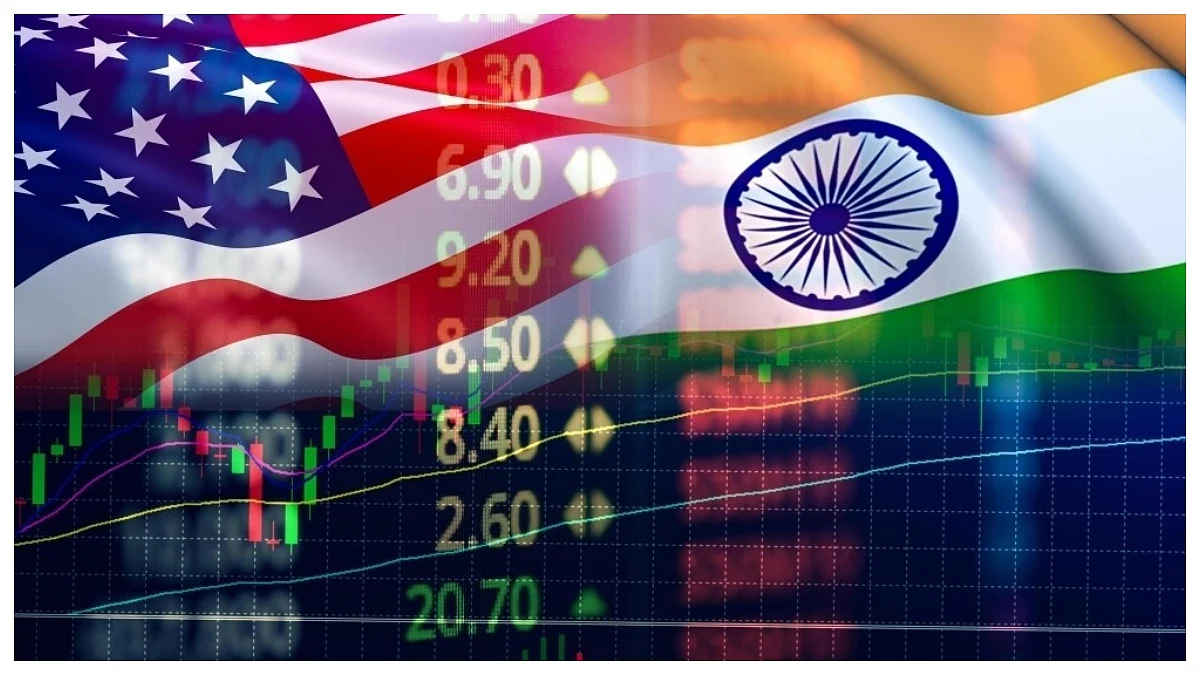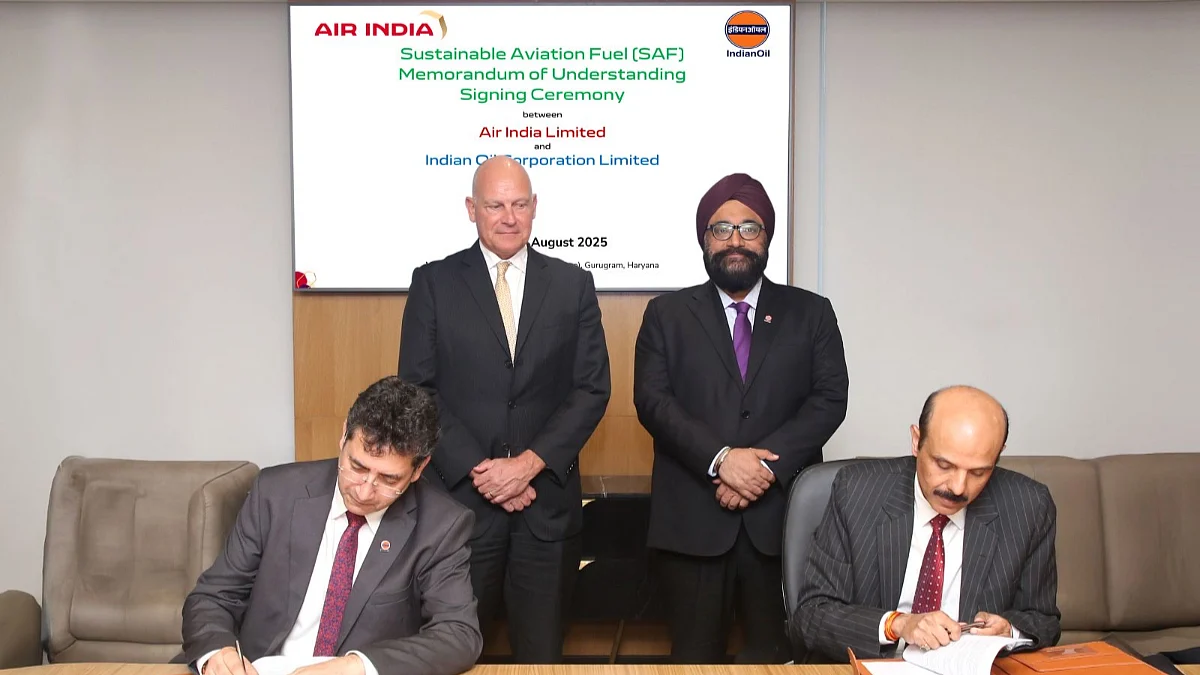Mumbai: On Independence Day, Prime Minister Narendra Modi highlighted long-pending Goods and Services Tax (GST) reforms. Since its rollout in July 2017, GST has simplified taxation, reduced compliance costs, and improved ease of doing business. Collections have also doubled — rising from Rs 0.92 trillion in July 2017 to Rs 1.96 trillion in July 2025.
Why Was Reform Needed?
To bring all states on board, multiple compromises led to four key GST slabs — 5 percent, 12 percent, 18 percent, and 28 percent — plus a compensation cess. Over time, this created an inverted duty structure, complicating an otherwise simple tax system.
What Has the Government Proposed?
The government now plans to reduce GST to just two slabs. The 12 percent and 28 percent categories will be scrapped, with most items merged into 5 percent and 18 percent. However, goods like tobacco, pan masala, and luxury cars will face a higher 40 percent GST. The compensation cess will also be removed.
Expected Benefits
The changes aim to rationalise rates and simplify compliance. Businesses will be able to register within three days, making it faster for entrepreneurs to start operations. Lower slabs are expected to boost demand, strengthen growth, and help India better withstand global tariff pressures.











